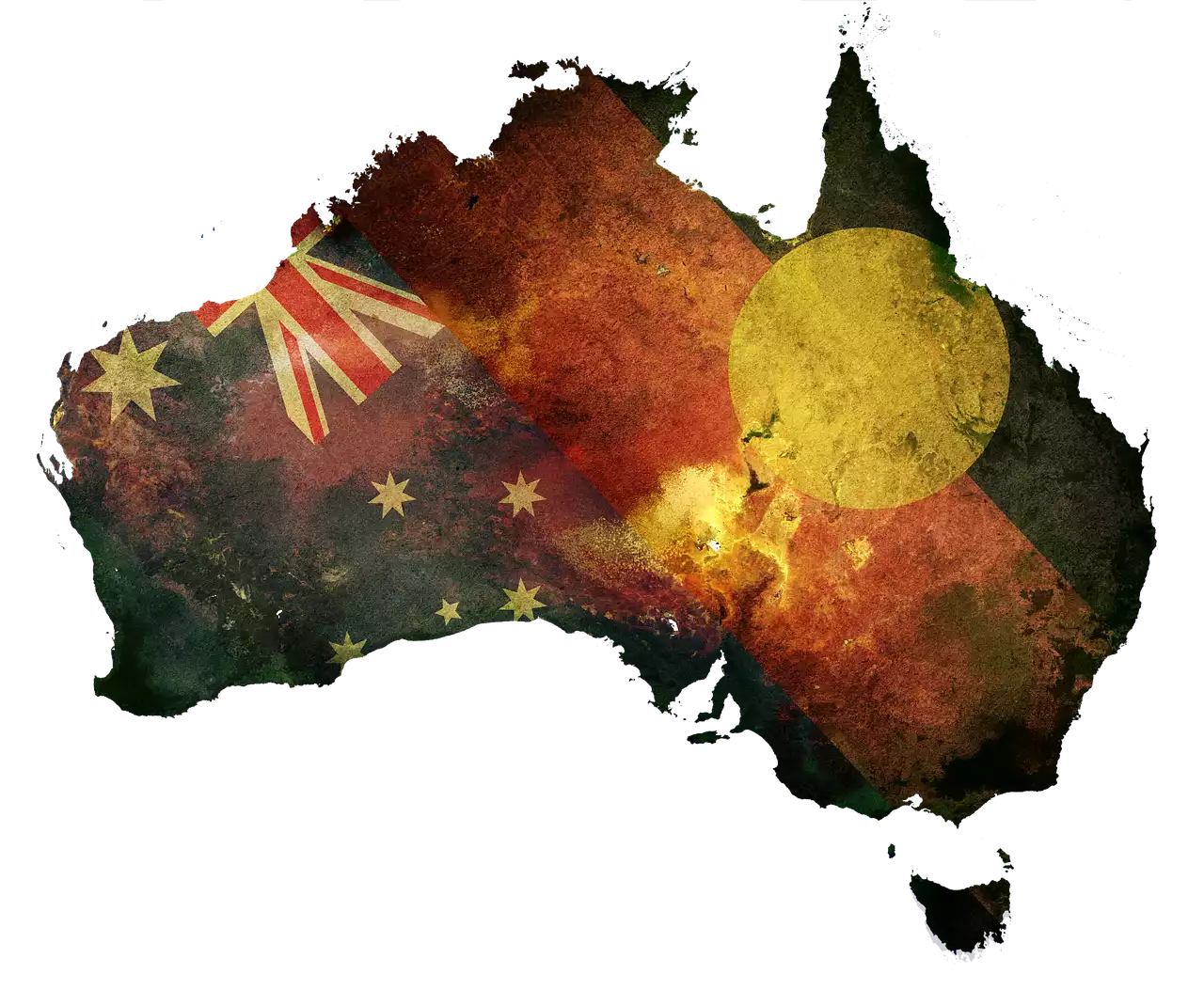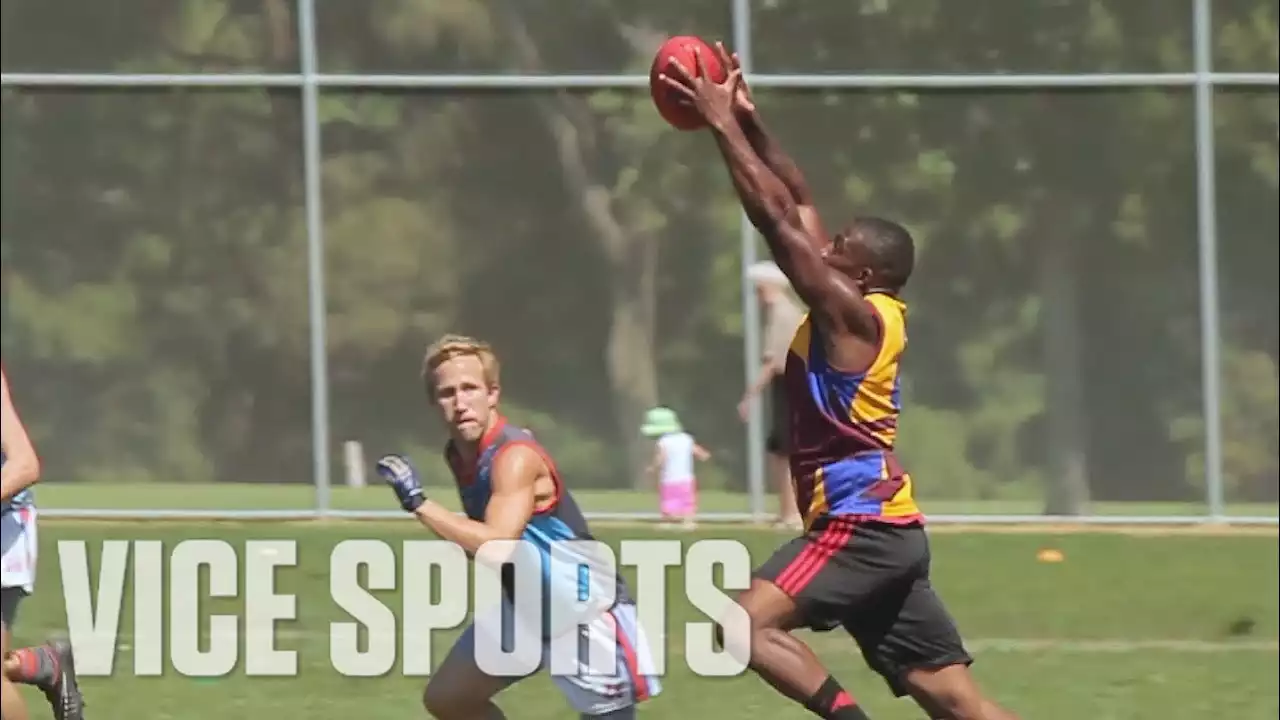The history and origins of Aussie Rules Football
Aussie Rules Football, also known as Australian Rules Football or simply footy, has a rich and storied history that dates back to the mid-19th century. The game originated in the state of Victoria, where it quickly gained popularity among the local communities. Initially, Aussie Rules Football was played informally, with different clubs and leagues developing their own set of rules. However, in 1859, the first official rules were established, paving the way for the formation of the Victorian Football Association (VFA) in 1877. From there, the sport continued to evolve and grow, spreading across Australia and becoming a national obsession.
Aussie Rules Football was born out of a desire to create a distinctly Australian sport that would reflect the country's unique culture and values. It drew inspiration from various traditional ball games, including Gaelic football and Marn Grook, a game played by Indigenous Australians for thousands of years. These influences can still be seen in the game today, from the oval-shaped field to the high-flying marks and fast-paced, physical style of play. The Indigenous connection to Aussie Rules Football runs deep, and it is this fusion of cultures that has helped shape the sport into what it is today.
The connection between Aussie Rules Football and Indigenous culture
Indigenous Australians have a deep connection to the land and a rich cultural heritage that spans thousands of years. For many Indigenous communities, sport is more than just a game; it is a way of connecting with their cultural roots, celebrating their heritage, and promoting unity within their communities. Aussie Rules Football provides an ideal platform for Indigenous Australians to showcase their unique skills, athleticism, and cultural pride on a national stage.
Indigenous players have made significant contributions to the game, both on and off the field. Their natural talent, agility, and ability to read the game have set them apart, making them some of the most exciting and dynamic players in the league. Their success has not only elevated the profile of Indigenous players but has also helped to break down stereotypes and challenge misconceptions about Indigenous Australians. Through their achievements, they have become role models and inspirations for future generations, showing that with hard work, determination, and talent, anything is possible.
Indigenous players in Aussie Rules Football: pioneers and trailblazers
Indigenous Australians have been playing Aussie Rules Football since its inception, with many Indigenous players making significant contributions to the sport. They have been trailblazers, paving the way for future generations of Indigenous players and leaving an indelible mark on the game.
One of the earliest Indigenous players to make a name for himself in Aussie Rules Football was Joe Johnson. Johnson, a Yorta Yorta man, played for Carlton Football Club in the early 1900s and was known for his exceptional skills and goal-scoring ability. He was a pioneer in the sport, breaking down barriers and proving that Indigenous Australians had what it took to compete at the highest level.
Another trailblazer was Eddie Betts, a proud Pitjantjatjara and Yankunytjatjara man from South Australia. Betts has had a remarkable career, playing for both Carlton and Adelaide Football Clubs. He is known for his electrifying goal-scoring ability and his ability to create magic on the field. Betts has been a vocal advocate for Indigenous rights and has used his platform to raise awareness about the issues facing Indigenous communities.
Indigenous Round: Celebrating Indigenous culture in Aussie Rules Football
One of the most significant ways in which Aussie Rules Football celebrates and showcases Indigenous culture is through the annual Indigenous Round. This special round is a highlight of the AFL (Australian Football League) season and is dedicated to recognizing and honoring the contributions of Indigenous players to the sport. It is a time to celebrate Indigenous culture, promote reconciliation, and raise awareness about the issues facing Indigenous communities.
During the Indigenous Round, teams wear specially designed Indigenous-themed guernseys (jerseys) that pay tribute to the local Indigenous communities. These guernseys often incorporate traditional Indigenous artwork and symbols, telling stories of the land, connection, and identity. The Indigenous Round is not only a celebration of Indigenous culture but also an opportunity to educate the wider community about the rich history and traditions of Australia's First Nations people.
Indigenous talent development programs in Aussie Rules Football
Recognizing the immense talent within Indigenous communities, various talent development programs have been established to identify and nurture young Indigenous players. These programs provide opportunities for aspiring Indigenous players to showcase their skills, receive specialized coaching, and gain exposure to AFL clubs and recruiters.
One such program is the AFL's Indigenous All-Stars program, which brings together the most talented Indigenous players from across the country for a week-long training camp. The program provides participants with the chance to learn from AFL legends and current players, receive feedback on their skills, and showcase their abilities in front of AFL scouts. The Indigenous All-Stars program has been instrumental in uncovering and developing some of the game's brightest Indigenous stars.
Challenges faced by Indigenous players in the sport
While there have been many success stories, Indigenous players in Aussie Rules Football have faced their fair share of challenges. From the lack of opportunities and resources in remote Indigenous communities to the systemic racism and discrimination that exists within the sport, Indigenous players have had to overcome numerous obstacles to succeed.
One of the main challenges faced by Indigenous players is the cultural dislocation that comes with pursuing a career in professional sport. Many young Indigenous players are forced to leave their communities and relocate to cities in pursuit of their dreams, often leaving behind their families, support networks, and cultural connections. This can be a daunting and isolating experience, and many Indigenous players struggle with homesickness and a sense of displacement.
The impact of Indigenous players on the game and its popularity
Despite the challenges they face, Indigenous players have had a profound impact on Aussie Rules Football, both on and off the field. Their natural talent, athleticism, and flair for the game have brought a unique style and excitement that has captivated fans and elevated the sport to new heights.
Indigenous players have also played a crucial role in increasing the popularity of Aussie Rules Football among Indigenous communities. Their success and visibility in the sport have inspired young Indigenous boys and girls to pick up a footy and dream big. They have become powerful role models and ambassadors for their communities, demonstrating that sport can be a pathway to success and a source of pride and unity.
The role of Aussie Rules Football in promoting reconciliation and cultural understanding
Aussie Rules Football has played a significant role in promoting reconciliation and cultural understanding between Indigenous and non-Indigenous Australians. The sport has become a platform for breaking down barriers, challenging stereotypes, and fostering respect and understanding.
Through initiatives such as the Indigenous Round, cultural awareness training for players and staff, and partnerships with Indigenous organizations, Aussie Rules Football has made important strides towards reconciliation. The sport has created opportunities for dialogue, education, and collaboration, helping to bridge the gap between Indigenous and non-Indigenous Australians and promote a more inclusive and equal society.










.png?size=50)